Navel gazing about Shimano product launches is one of our favourite pastimes here at BikeRadar.
But it’s not without good reason – along with SRAM, key launches from the brand are the biggest news in cycling tech, shaping trends in the industry as a whole.
2021 saw the release of two new road groupsets from Shimano – Dura-Ace R9200 and Ultegra R8100 – with both being significant updates that provide some insight into Shimano’s overall strategy for the next few years.
Product updates are often cyclical and, with that in mind, I've pooled together the BikeRadar team's knowledge of Shimano gear past and present, to decide on the five key products I want to see from the brand in 2022.
1. Shimano 105 Di2
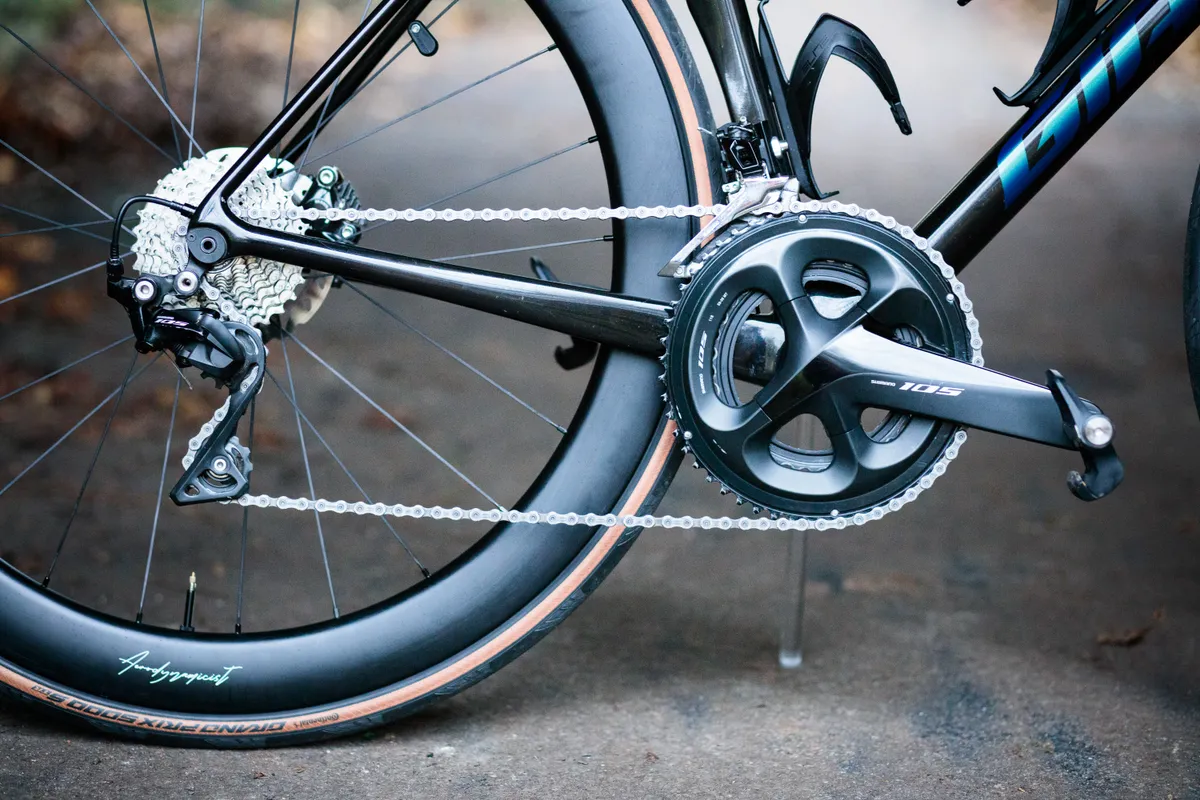
Shimano’s update to its Dura-Ace and Ultegra road groupsets was the biggest tech news of 2021.
Among other refinements, this saw both move to 12-speed and, for the first time, both were offered solely as an electronic Di2 groupset at launch.
Previously, both the mechanical and electronic versions of Shimano’s road bike groupsets would typically be released concurrently – but, unless there’s something of a U-turn, mechanical groupsets are dead as far as the brand’s two top road drivetrains are concerned.
SRAM has made similar moves in recent years, seemingly ditching its mechanical groupsets by stealth, while updating its electronic RED eTap AXS groupset in 2019.
SRAM then added the cheaper Force groupset to the eTap AXS family shortly after, with the third-tier Rival eTap AXS following in 2021.
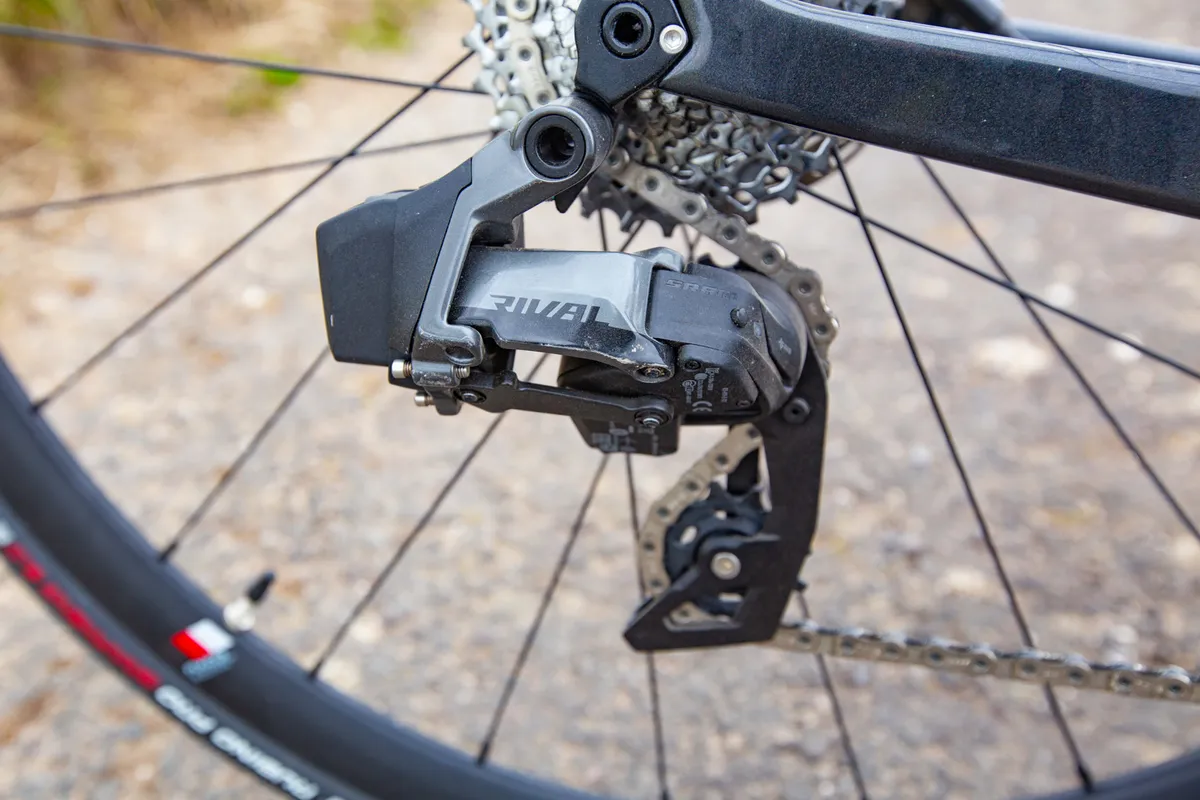
The next groupset due to be updated in Shimano’s range is 105, and I think there’s a strong possibility we will see Shimano 105 Di2.
While any electronic version of 105 would have been in the works long before Rival eTap AXS was released to the public, Shimano will not wish to be seen to be lagging behind its biggest rival.
While there is, of course, nothing wrong with mechanical shifting, SRAM has helped reshape the thinking on electronic shifting. Where it was once the reserve of top-spec dream bikes, with the launch of Rival eTap AXS, it is now increasingly seen as a normal spec option on mid-range bikes, albeit in the context of price rises across the market.
Offering an electronic groupset that appeals to buyers in the middle of the market will be key if Shimano wishes to remain at the sharp end.
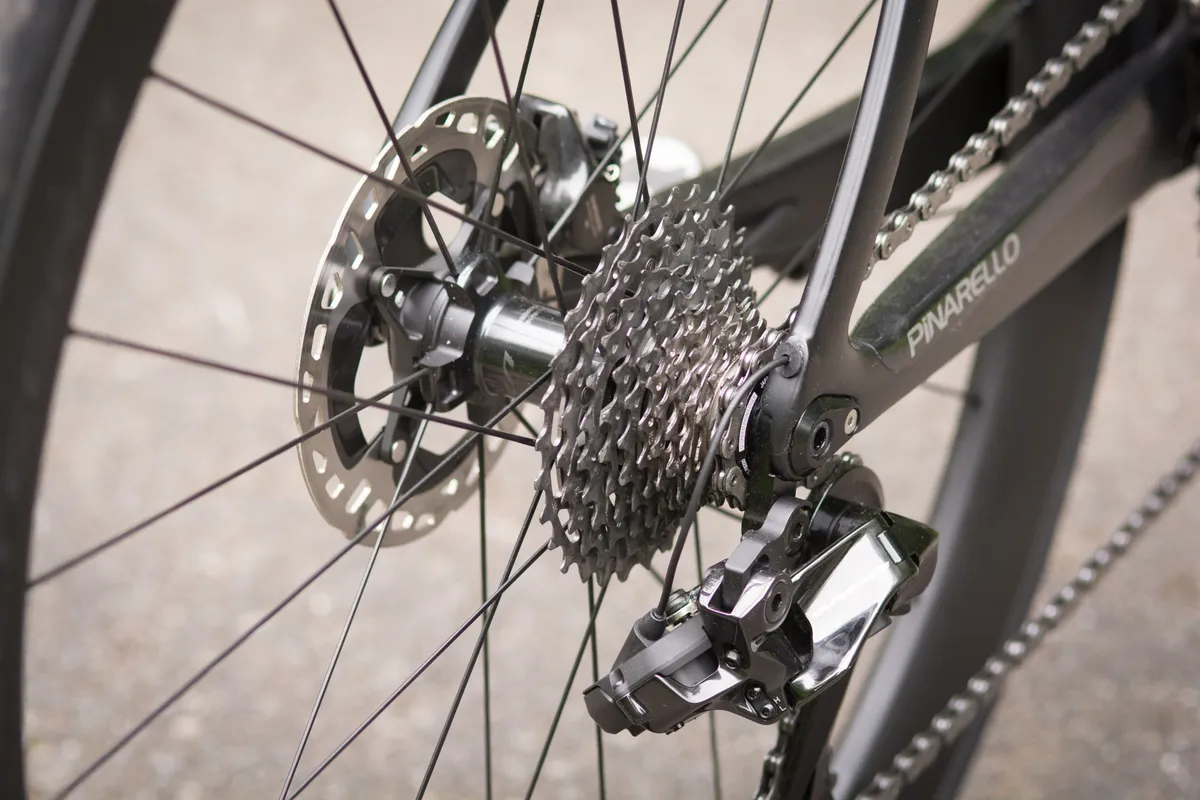
If 105 Di2 is in the works, I expect it will also move to 12-speed, adopt the semi-wireless setup seen on Ultegra and Dura-Ace, and get a light aesthetic update.
Would mechanical 105 also get an update at the same time? Or will Shimano extend its commitment to electronic groupsets and ditch mechanical at 105 level?
I’ll be spending the next few months snuffling in the undergrowth of the patent office looking for tech truffles that give any hint of what Shimano is up to here. Stay tuned for more.
2. New XTR and XT Di2 groupsets
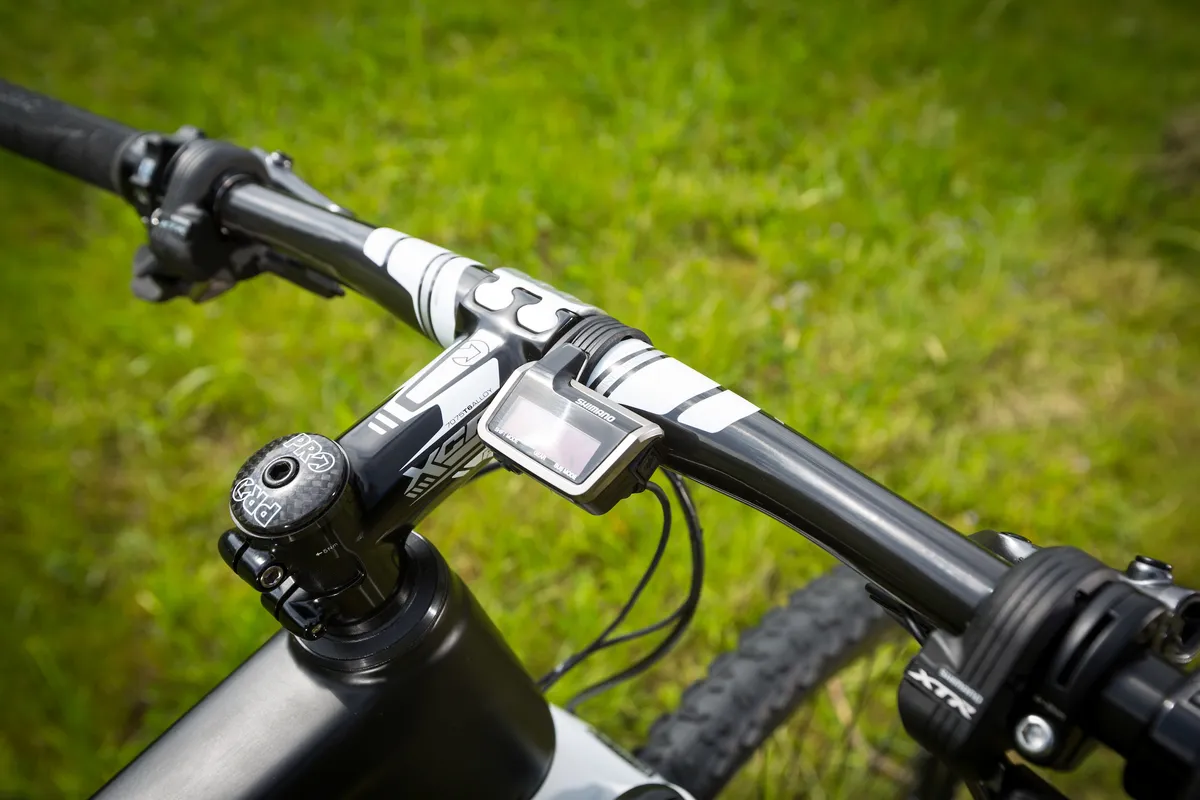
With hindsight, one could argue that Shimano was simply too early to the game with electronic groupsets for mountain bikes, with the launch of XTR Di2 in 2014.
Getting mountain bikers onto electronic groupsets when they weren’t even fully established on the road was always going to be a hard task.
Shimano XTR M9050 Di2 and XT M8050 Di2 were, in most respects, very good groupsets, but neither was enthusiastically embraced.
However, things have changed a lot since the arrival of XTR M9050. Electronic groupsets are now widely used on the road and SRAM has normalised the use of electronic groupsets off-road with its wireless Eagle eTap AXS family.
SRAM also played a bit of a blinder by realising the wider possibilities for integration that the AXS family offers.
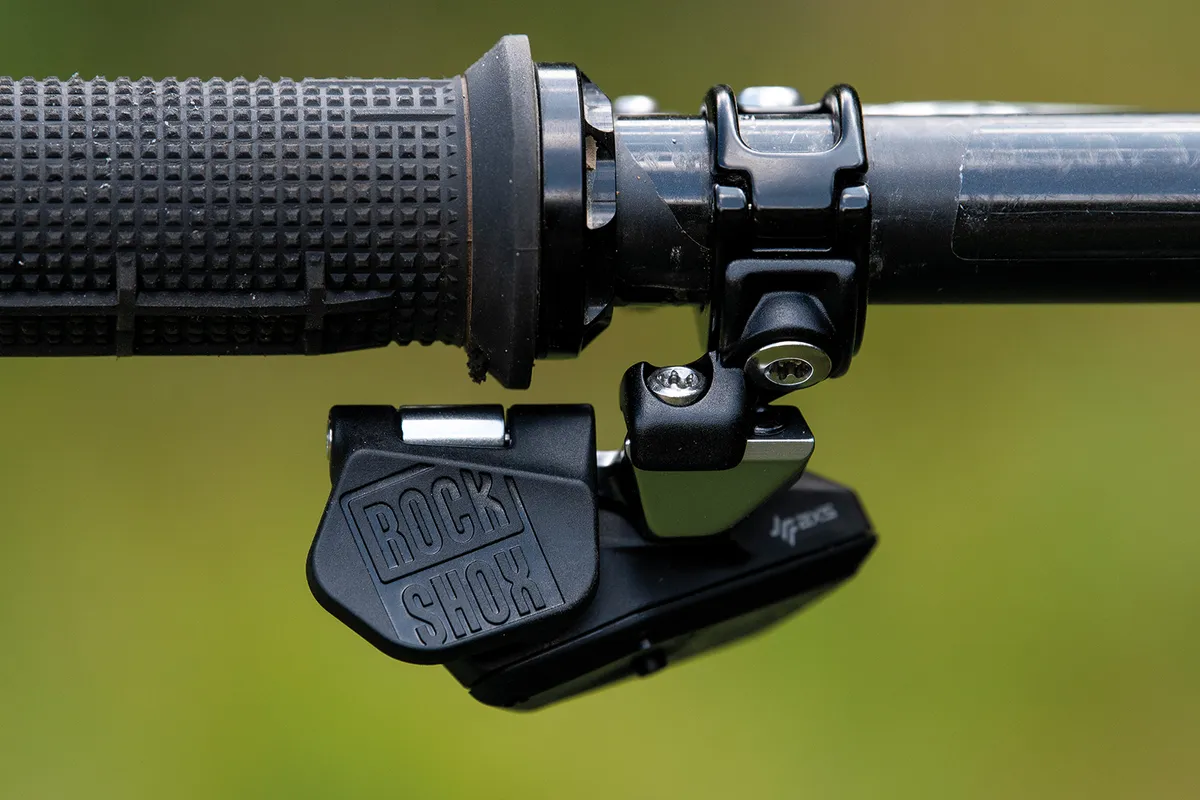
The brand’s Reverb AXS wireless dropper post and Flight Attendant suspension control system both integrate into the Eagle family, and this is the big draw of electronic groupsets off-road for many riders.
Is it now time for Shimano to reinvigorate its line-up of electronic MTB components?
Shimano’s mechanical XTR M9100 groupset was released in mid-2018, which also puts it in line for an update if we’re following Shimano’s typical four-year product cycle.
If it is due to be updated, we wouldn’t be surprised if a Di2 version was released alongside a mechanical groupset.
3. Parts availability

I say this with absolutely no intention of throwing shade at Shimano – not even the biggest manufacturer of cycling components could have predicted the huge growth that cycling as a whole has experienced over the last two years.
Nor could Shimano have predicted the labour and raw material shortages that have affected all industries.
And I would guess the brand wasn’t expecting to be hit by fires, floods and now – of all things – highway robbery!
As a result, some Shimano parts have become almost impossible to get hold of.
All of this has conspired to make the past couple of years enormously frustrating for bike brands, shops and consumers, but I'm sure it’s equally frustrating for Shimano – what brand would ever wish poor availability and impossible-to-forecast demand upon itself?
Of course, Shimano is far from alone here, and I simply wish good fortune – and plentiful chains, cassettes and brake pads – upon all manufacturers, both big and small, for the year(s) ahead.
4. Updated GRX

Cast your mind back to May 2019, when Shimano released its then-brand-spanking-new Shimano GRX gravel groupset family.
Offering a 1x option, three spec levels (including Di2) and a range of wheelsets, GRX – the world’s first gravel-specific groupset – was groundbreaking for Shimano and the industry as a whole.
It’s now widely specced on many of the best gravel bikes out there and is consistently praised by all here at BikeRadar.
However, since then, it’s been all quiet from Shimano on the gravel front.
That’s not totally surprising – generally speaking, Shimano groupsets are updated on a three-to-five-year cycle.
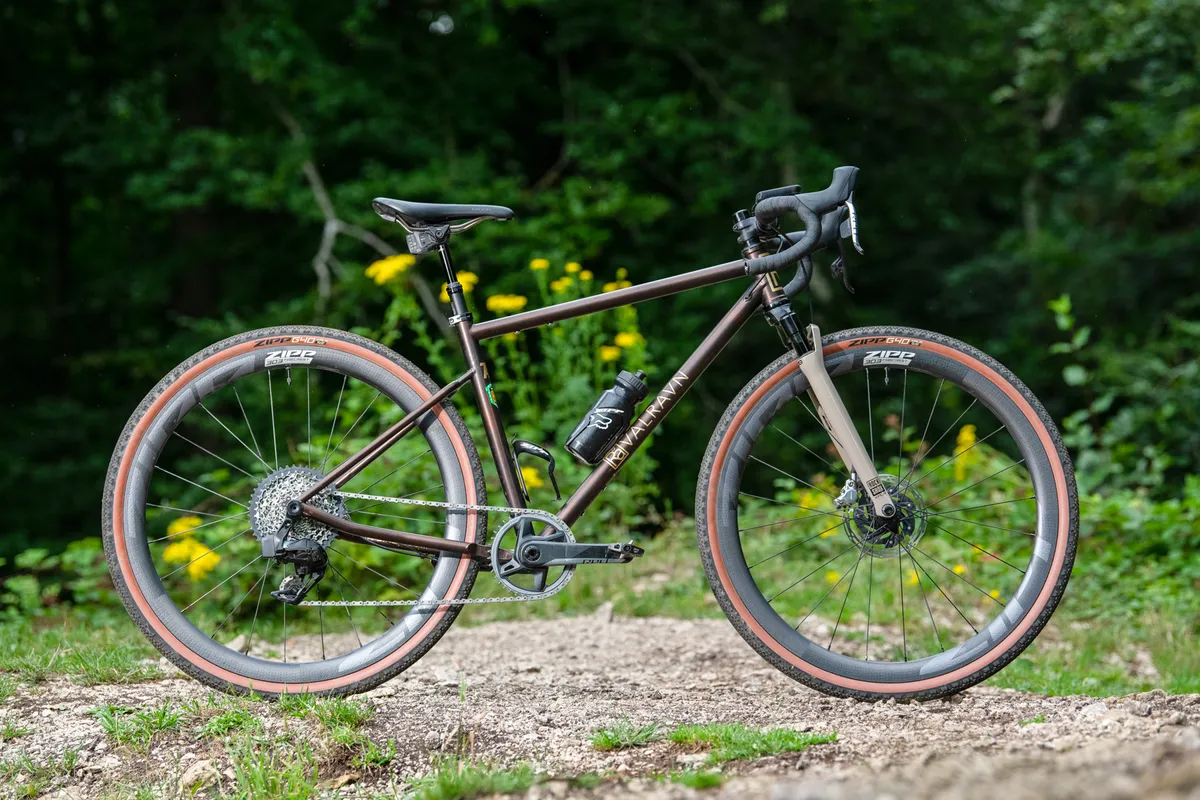
While that would make an update to GRX a little bit premature, it wouldn’t come as a huge surprise if the brand brought forward a launch of an updated GRX groupset to stay ahead of the curve, particularly following last year’s arrival of SRAM XPLR, comprising of gravel-specific gearing and the gravel-tuned RockShox Rudy suspension fork.
Realistically, there’s little that I'd look to change with GRX – it is, very good after all – but I expect the next generation will follow Dura-Ace and Ultegra in going 12-speed and getting an aesthetic update.
Assuming a theoretical 12-speed GRX groupset used the same cassette spacing as the brand’s mountain bike groupsets, going 12-speed could also open up the possibility of so-called ‘mullet builds’ on Shimano groupsets, whereby a road/gravel crankset is paired with a wide-ranging MTB cassette.
Exactly how many consumers and bike brands will spec this on their machines is debatable, but one thing is for sure – gravel riding is going to remain one of cycling’s hottest tickets and Shimano will want to continue to capitalise on that.
5. Mechanical Dura-Ace

Given the overall trajectory of the road groupset market, this one feels a bit more of a pipe dream, but hey – why not think big?
Shimano Dura-Ace R9100 arguably represented the pinnacle of mechanical road bike shifting with a silky lever feel and reliability that remains pretty much unchallenged.
So good is the performance of R9100 that, in a comparison between SRAM Force eTap AXS and Shimano Ultegra Di2 R8050, BikeRadar’s former senior writer Matthew Loveridge decided he would buy neither, and would opt for mechanical Dura-Ace instead.
Since Dura-Ace R9200 launched as an electronic-only groupset, there have been no rumours, gossip or hearsay to suggest that a new mechanical Dura-Ace (or Ultegra, for that matter) groupset is in the works, and that feels like a missed opportunity.
While few would turn down the opportunity to own Dura-Ace R9200 Di2, there are some holdouts, and we’d love to see the option of a mechanical groupset available at the top-end of the sport.
Are mechanical groupset fans set to become the new rim-brake luddites? Will cable bores be excluded from the 12-speed community? Time will tell, but we won’t hold our breath.
